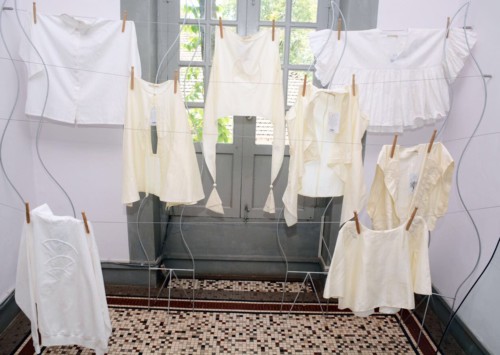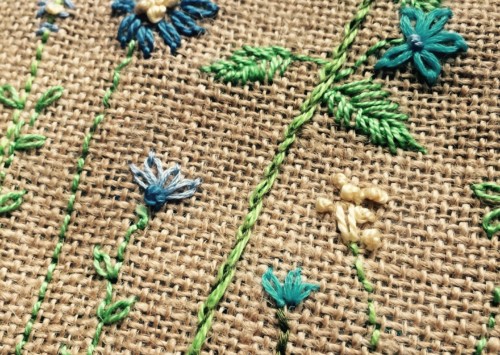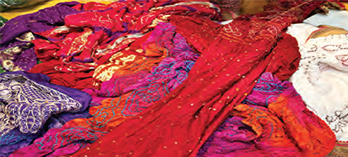Environment-friendly yet trendsetting fabrics for your closet
While picking up clothes, all we want are good colours and that perfect fit. But how often do we care if the fabrics we are buying are harsh on the environment? It is important to know how and with what our clothes are made and how they are affecting both our bodies and the nature. Here is a collection of some of the most eco-friendly fabrics that are reasonable and in vogue.
According to various studies, fabrics like polyester, nylon and acrylics, amongst others, let out hundreds of tiny plastic microfibers when they are washed, which transverse through our sewage systems and end up in the ocean where marine species ingest them.
Similarly, cotton, which is loved and worn by many, is the most pesticide intensive crop in the world and growing these plants to make clothing pollutes water and contributes to the deaths of bees.
While picking an item of clothing, though fabrics are secondary to style or sometimes of insignificant value, they can leave a huge impact. Here is a quick guide for responsible fabric shopping.
Soy Silk/Cashmere

Soy has been trending as an alternate food choice for good skin, but did you know that this trend also extends to responsible fashion? Soy silk, also known as vegetable cashmere, is made out of soy protein, which is a by-product of tofu manufacturing. It is naturally biodegradable and the best alternative to silk and cashmere, which involve the use of animals in their production. The fabric gives a luxurious texture, is soft, lightweight, machine washable and wrinkle resistant. Soy silk is also a good choice for summers as it has excellent absorption and anti-bacterial qualities that makes it cool and comfortable during hot weather.
Organic Cotton

A huge percentage of the world’s pesticides are used in growing conventional cotton, while on the other hand, organic cotton is produced without chemical inputs. The primary difference between cotton and organic cotton is that typical cotton could be filled with pesticides, however, organic cotton has no pesticides used in its production. Both these types of cotton can be easily confused with one another and the best way to prevent this confusion is to go for organic cotton in the shades it is grown – cream, light brown and pale green.
Linen
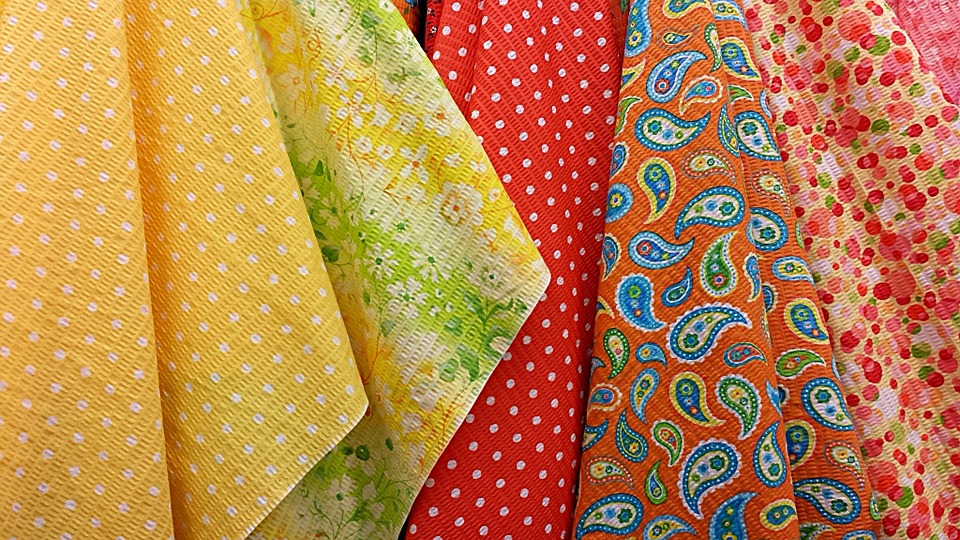
Produced from cellulose fibres derived from flax plants, which do not require much energy and water resources to produce, linen is durable, flexible and serves nature as well with its biodegradable and recyclable properties.
Rayon from Bamboo
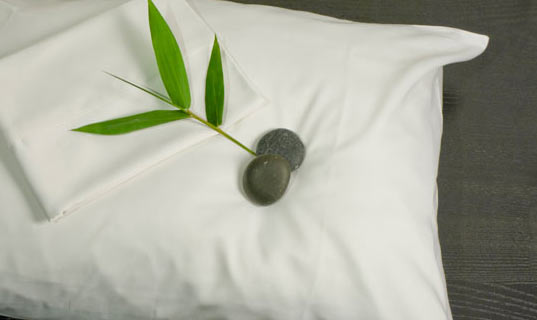
The Bamboo grass is highly renewable and grown with few chemical inputs. Rayon, made from bamboo pulp, is strong, naturally wrinkle-resistant, biodegradable and machine washable. Furthermore, it tends to be warm during winters and a cool textile in the summer season, which makes it an all-season versatile option – easy on both your wallets and the environment.
Hemp Fibre
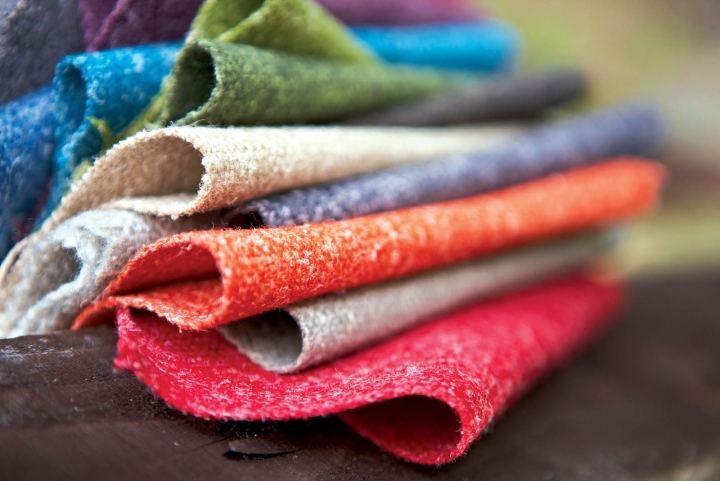
Hemp is produced from the fibres of herbaceous plant – species of marijuana that requires no pesticides to grow. It is a renewable resource with a strength, which is eight times that of cotton fibre. Fabrics made from hemp are non-irritating to the skin, carry the look of classic linen and soften with age. Just like cotton, this textile is a good option for a warm, humid climate as it absorbs moisture and is Ultraviolet (UV) rays resistant.

